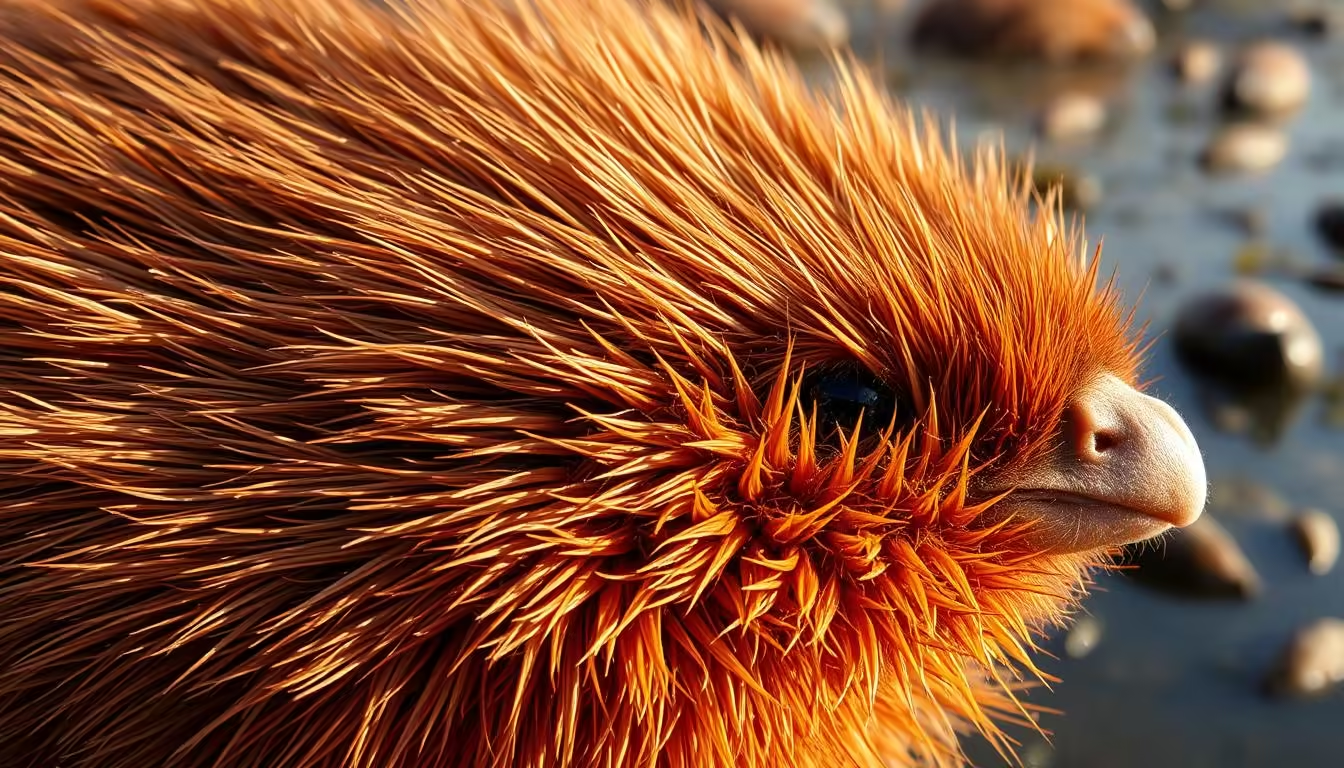What’s remarkable about nutria is their high reproductive rate. Female nutria can have multiple litters each year. The nutria lifecycle is fast, with the young growing quickly. They go from being precocial kits to sexually mature adults in just a few months. Knowing about their life stages helps us understand their biology, behavior, and how […]
Author Archives: Sharon
We’ll cover identifying Nutria, monitoring, and using a mix of control methods. By using habitat changes, exclusion, trapping, and chemicals, we can fight this invasive species and lessen its harm. Key Characteristics of Nutria Nutria are bigger than muskrats but smaller than beavers. They can have up to three litters a year. Their webbed hind […]
It’s important to know how nutrias behave and what they can do. They can have many babies, up to 13 at a time. They eat a lot, up to 25% of their body weight every day. This has hurt coastal marshes and reduced the variety of plants. Nutrias can also be aggressive and spread diseases. […]
Another cool fact is how big nutria can get. They can weigh up to 37 pounds and be 16-24 inches long, plus a 12-18 inch tail. Their coarse brown fur on the outside and soft gray fur on the inside are very valuable in the fur trade. This makes nutria important in the wildlife economy […]
The fur trade’s growth has sparked controversy. While the industry once made millions, public views on fur have changed. Animal rights groups and environmentalists now oppose using nutria fur, citing the damage and ethical issues with fur farming. Key Takeaways Nutria, a semi-aquatic rodent, were introduced to the U.S. in 1889 for their valuable fur, […]
Are you considering a marmot as a pet? These unique and fascinating creatures, known for their playful nature and adorable appearance, have captured the interest of animal enthusiasts around the world. Although marmots are wild animals by nature, some people have begun exploring the idea of keeping them as pets. However, owning a marmot requires […]






